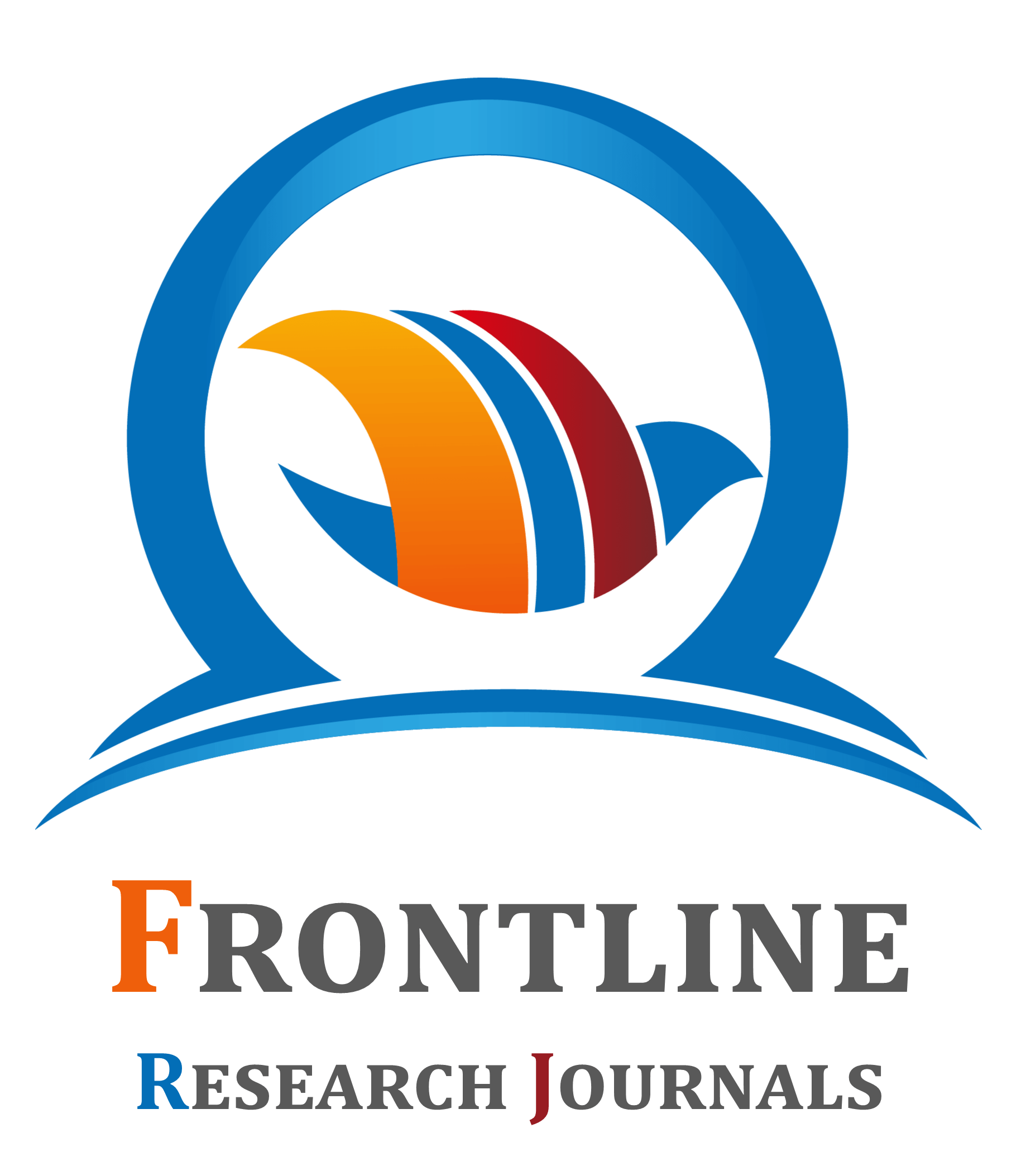Open Access Journals
All articles in International Journal of Frontline Research in Life Science (IJFRLS) are open access which have undergone peer review process and after acceptance are immediately and permanently free for everyone to read and download.
Articles published in International Journal of Frontline Research in Life Science (IJFRLS) are:
-
Fully peer reviewed
-
Immediately free to access and download from IJFRLS Archive
-
Permitted re-use defined by Creative Commons Attribution-NonCommercial-ShareAlike 4.0 International license
-
Published with Crossref indexing and CrossMark® DOI to maintain the publication record
-
Indexed at Google Scholar
Open access publication fee
International Journal of Frontline Research in Life Science (IJFRLS) makes research outputs easy to publish, free to access, more visible through indexing. We’re a not-for-profit entity that exists to make scholarly communications better. International Journal of Frontline Research in Life Science (IJFRLS) do not take Publication fee for open access. Authors need to pay a nominal Article Processing Charge (USD 30 per accepted manuscript) to cover the costs of Peer Review Administration and Management, Professional Production of articles in PDF format, DOI, Editorial Costs, Electronic Composition and Production, Journal Information System, Manuscript Management System, Electronic Archiving, Overhead Expenses, and Administrative costs. There are no charges for rejected articles, no submission charges, and no surcharges based on the figures or supplementary data.
Rigorous standards & quality of published articles
-
While offering lowest article processing charges (APCs), expert editors and reviewers of International Journal of Frontline Research in Life Science (IJFRLS) ensure that all our open access publications maintain the highest standards of quality through a rigorous peer review process.
-
With the assurance that you are publishing the best work possible, choosing International Journal of Frontline Research in Life Science (IJFRLS) gives your work a better platform to gain better visibility in scholarly community.
What is Open Access?
-
Open access is an increasingly popular way to publish academic and scientific research.
-
Open access is a broad international movement that seeks to grant free and open online access to academic information, such as publications and data.
-
A publication is called 'open access' when there are no financial, legal or technical barriers to accessing it - that is to say when anyone can read, download, copy, distribute, print, search for and search within the information, or use it in education or in any other way within the legal agreements.
-
Open access is a publishing model for scholarly communication that makes research information available to readers at no cost, as opposed to the traditional subscription model.
-
One of the most important advantages of open access is that it increases the visibility and reuse of academic research results.
Advantages of Open access
-
The greatest benefit of open access is that it enables the results of scholarly research to be disseminated more rapidly and widely:
-
More people can read the results of scholarly research, including those who would otherwise not be able to access that information because they cannot afford the subscription to an expensive journal, for example.
-
New ideas can be dispersed more rapidly and widely, which in turn triggers new research studies; it serves as an impetus for knowledge.
-
Scientific research shows that publishing in open access, because of the worldwide visibility without barriers, demonstrably leads to more citations and more impact.
-
Businesses also have broad access to the most recent scientific ideas, which they can then build upon. Open access contributes to the knowledge economy and provides an economic boost.
-
Since open access also implies wider reuse, recent knowledge can be put to immediate use in teaching as "open educational resource".
Misconceptions about Open access
Open access publishing doesn’t mean that:
-
you, as the author, will give away copyright;
-
your publication will be published without peer review;
-
your publication will not be indexed in scholarly databases;
-
your publication will not have an impact factor.
-
Open access is of enormous importance for a range of target groups: researchers, lecturers, students, administrators and publishers.
